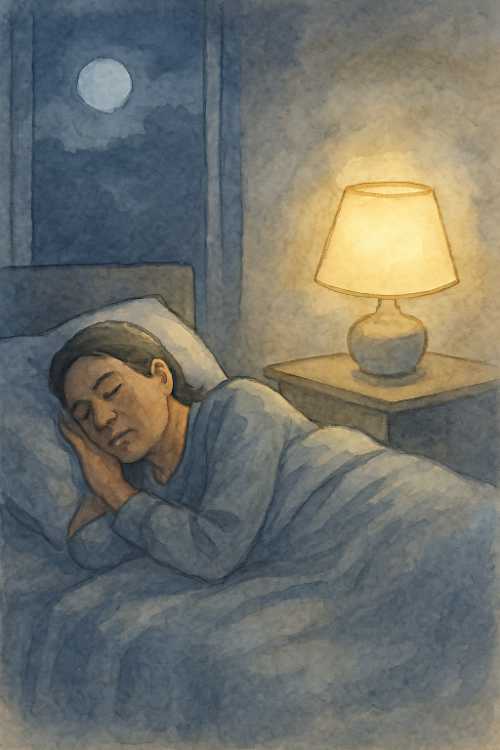When Arthritis Isn’t Just One Thing:
TCM and the Complexity of Joint Pain
Arthritis is often treated in Western medicine as a fairly unified condition, with clear categories such as osteoarthritis (OA), rheumatoid arthritis (RA), or gout. Each has a known etiology—degeneration, autoimmunity, or metabolic imbalance—and treatment focuses accordingly on pain relief, inflammation control, or slowing joint damage.
Comparing TCM Patterns
with Western Diagnoses
Cold-Damp Bi (寒湿痹)
Symptoms: Deep, aching joint pain, stiffness, worse in cold/damp weather, relieved by warmth
Possible Western counterpart: Osteoarthritis, especially in winter months or humid climates
Wind-Damp Bi (风湿痹)
Symptoms: Migrating joint pain, mild swelling, weather sensitivity, fatigue
Possible Western counterpart: Early rheumatoid arthritis or general inflammatory arthritis
Heat Bi (热痹)
Symptoms: Red, swollen, warm joints, sharp pain, irritability, thirst
Possible Western counterpart: Gout, active RA flare, psoriatic arthritis
Blood Stasis (血瘀)
Symptoms: Fixed, stabbing pain, joint deformity, limited range of motion
Possible Western counterpart: Long-standing RA or post-injury arthritis
Liver-Kidney Deficiency (肝肾亏虚)
Symptoms: Chronic dull pain, weak lower back/knees, fatigue, dizziness
Possible Western counterpart: Age-related degenerative arthritis with systemic fatigue
But Traditional Chinese Medicine (TCM) approaches arthritis through a different lens. Rather than classifying it by structural damage or immune function, TCM looks at patterns of imbalance in the body’s internal systems and its interaction with external influences like climate and lifestyle. The same diagnosis—“arthritis”—might present in five different patients with five entirely different treatment plans in TCM.
Joint pain in Chinese medicine is broadly grouped under bì zhèng (痹证), or “painful obstruction syndrome.” But within that category, practitioners assess the quality, location, and behavior of pain to identify specific patterns. One person may have cold-damp bì, characterized by deep, aching pain that worsens with exposure to cold and damp weather. Another may have wind-damp bì, where pain shifts unpredictably between joints. Still others may show signs of heat bì, with swelling, redness, and pain that worsens with touch.
In addition to external factors, TCM also considers internal deficiencies. For example, older adults or those recovering from chronic illness may show signs of kidney and liver deficiency—a concept that refers not to organ failure, but to a decline in the body’s ability to nourish the bones and tendons. In these cases, treatment focuses on strengthening the body’s foundation, not just relieving pain.
This multi-layered view contrasts with many Western approaches, which often begin with imaging studies or lab tests to determine structural damage or immune activity. While Western treatments may include NSAIDs, corticosteroids, or disease-modifying drugs, they are generally applied across broad populations with the same condition.
In contrast, two patients with identical X-rays might receive completely different herbal formulas, acupuncture point prescriptions, and lifestyle advice in TCM—based on whether their pain is sharp or dull, fixed or shifting, worse with cold or with rest, and whether they exhibit other signs like fatigue, digestive weakness, or mood changes.
This personalized approach can be particularly useful for chronic arthritis cases that don’t respond well to standard treatment. A patient who’s exhausted from long-term medication use or who shows mixed symptoms—some heat, some cold, some deficiency—may benefit from a diagnosis that accounts for overlapping patterns. In TCM, such complexity isn’t unusual—it’s expected.
Understanding arthritis as “more than one thing” doesn’t mean abandoning Western medicine. It means adding a layer of nuance that may improve outcomes, especially in long-term care. For many, integrating TCM with conventional care offers a more complete map of the body’s changing landscape—and a more flexible approach to navigating chronic joint pain.



